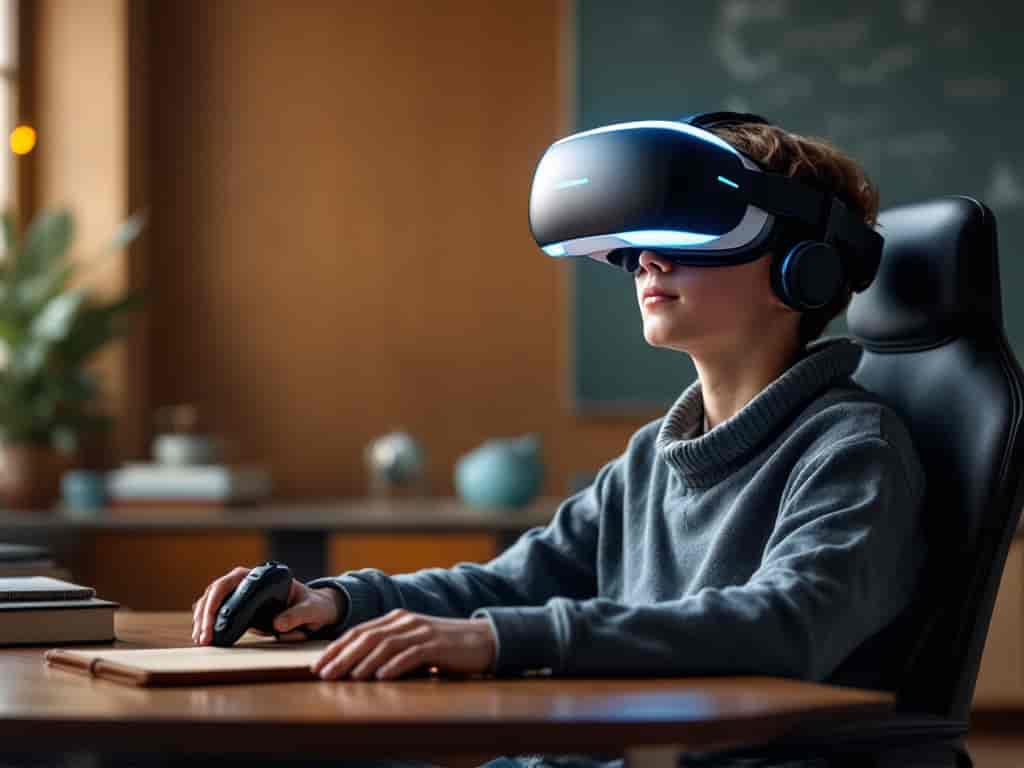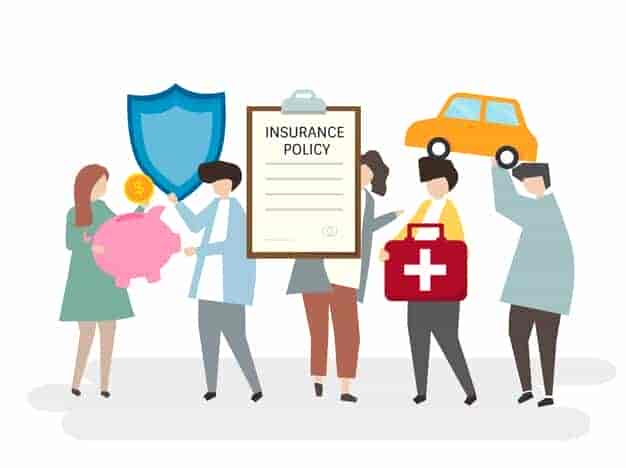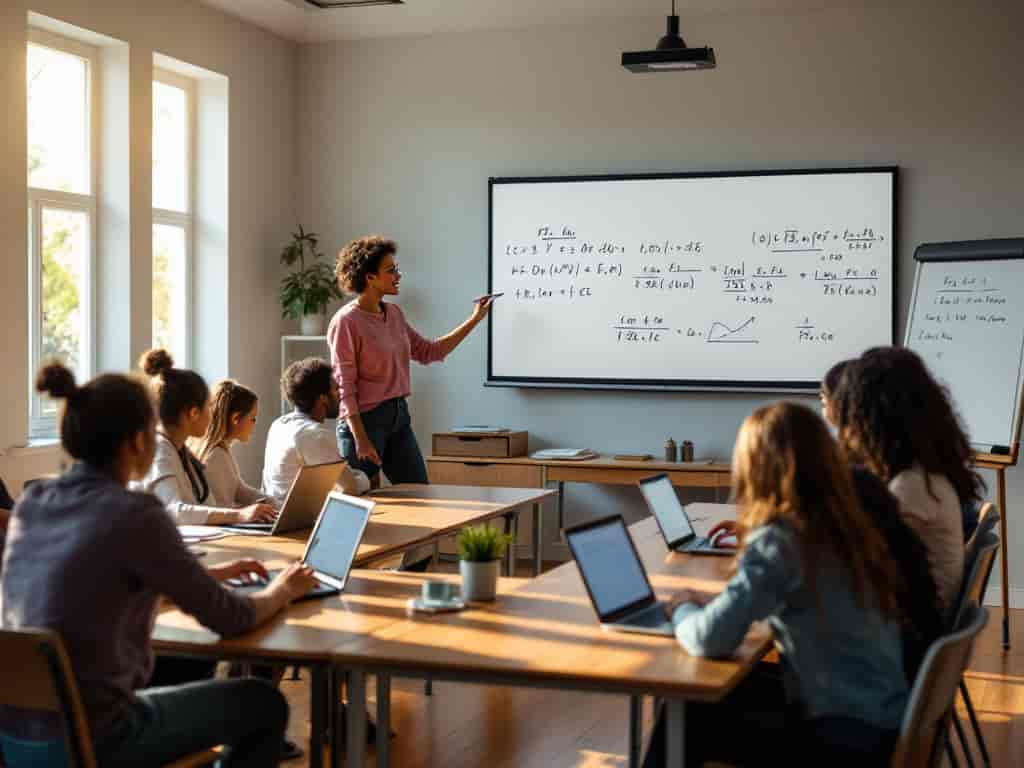VR in Education: Enhancing Learning Experiences
Ellie Moore

Photo: VR in Education: Enhancing Learning Experiences
VR in Education: Enhancing Learning Experiences for the Future
Virtual Reality (VR) is no longer a futuristic concept, it’s becoming a transformative force in various industries, and education is no exception. As technology continues to evolve, VR has the potential to revolutionize the way students learn, making educational experiences more immersive, engaging, and effective. In this article, we’ll dive deep into how VR is enhancing learning experiences, its benefits, challenges, and how schools and universities can adopt it to prepare students for the digital age.
The Role of VR in Education: A New Era of Learning
Virtual Reality in education offers a whole new way to experience lessons and gain knowledge. Traditionally, students have learned from textbooks, lectures, and hands-on activities. However, VR allows for an experiential approach that simulates real-life scenarios, making abstract concepts easier to grasp and giving learners the ability to explore environments and situations that would otherwise be inaccessible.
For example, in a history class, students can "travel" to ancient civilizations, exploring ruins and interacting with historical figures. In a biology lesson, they can take a journey inside the human body, observing how the circulatory or digestive systems work in real-time.
Key benefits of VR in education include:
- Engagement: VR captivates students’ attention like no textbook or video ever could. It’s a hands-on experience that encourages active learning.
- Improved retention: Immersive learning environments often lead to better retention of information compared to traditional methods.
- Accessibility: VR enables students to experience scenarios and places that would otherwise be out of reach due to geographical or financial constraints.
How VR Improves Understanding and Retention of Complex Topics
One of the main advantages of VR in education is its ability to break down complex ideas into interactive experiences. Think about learning complex math problems or physics concepts in a VR setting, students can visualize these problems and solve them in a 3D, interactive environment. This active participation helps them understand the material better than just reading or watching videos.
Moreover, VR creates a sense of immersion. Students can interact with the content, which deepens their understanding. For example, a student studying astronomy can virtually visit distant planets, seeing them up close and understanding their position in space. This kind of learning enhances critical thinking and problem-solving skills, making education much more than memorization.
Engaging Case Studies: Real-World Applications of VR in Education
To truly grasp the power of VR in education, let’s explore some real-life case studies of schools and universities that have successfully integrated VR into their curricula:
- University of Illinois - Virtual Labs for Science Students
The University of Illinois has adopted VR technology in its science programs, allowing students to conduct virtual experiments. Students can interact with simulations that replicate high-risk laboratory experiments, all from the safety of a virtual environment. This not only enhances safety but also reduces the costs associated with lab materials. - The Royal College of Surgeons - Medical Training with VR
Medical schools worldwide are using VR for surgical training. The Royal College of Surgeons in Ireland uses VR to simulate real-life surgeries, giving students the ability to practice procedures without the risk of real-life consequences. This hands-on experience is invaluable for budding surgeons, helping them build confidence and competence. - Google Expeditions - Virtual Field Trips for K-12 Students
Google Expeditions provides students with virtual field trips to various landmarks and ecosystems, all through VR goggles. Students can explore the Great Wall of China, dive into the Great Barrier Reef, or even visit the International Space Station all from their classroom.
These examples showcase how VR can provide unique, hands-on learning experiences, bridging gaps that traditional teaching methods simply cannot.
Benefits of VR in Education
Virtual Reality brings several key advantages to the educational system. Here’s a look at the major benefits:
1. Enhancing Engagement and Motivation
With VR, learning isn’t just passive it’s interactive and fun. Instead of reading about historical events or scientific concepts, students can actively experience them. This immersive learning experience can foster greater motivation to engage with the material. Whether it’s a biology student exploring the human body or an art student interacting with famous paintings, VR brings subjects to life in ways that traditional methods cannot.
2. Providing Personalized Learning Experiences
Every student learns differently, and VR can cater to those varying needs. For instance, students can pace themselves through VR simulations, revisit concepts they struggled with, and approach learning from multiple angles. VR in education can thus provide a personalized learning experience tailored to each student’s pace and interests.
3. Improving Practical Skills and Hands-On Learning
In fields like medicine, engineering, or the arts, hands-on experience is critical. VR can simulate real-life situations where students can practice these skills without the constraints of time, resources, or safety concerns. This allows learners to gain practical experience before moving on to the real world.
4. Bridging Geographical Barriers
For many students around the world, access to top-tier educational resources or environments is limited by geography. VR offers a solution to this problem, enabling students to experience anything from a virtual campus tour to an international historical landmark. This opens up global opportunities for learning that were previously out of reach for some.
Challenges of Integrating VR in Education
While VR has immense potential, it is not without its challenges. Here are some common obstacles that educational institutions face when implementing VR:
1. Cost and Accessibility
One of the most significant barriers to adopting VR in education is cost. High-quality VR equipment can be expensive, and not all schools have the budget to invest in it. Additionally, the content and software required for VR education often involve ongoing costs. Finding ways to make VR more affordable and accessible is key to widespread adoption.
2. Technical Issues and Training
Integrating new technologies into classrooms isn’t as simple as buying VR headsets and letting students use them. Teachers and students alike need to be trained on how to use the equipment and software. Furthermore, technical issues like equipment malfunctions or connectivity problems can disrupt the learning process.
3. Health and Safety Concerns
While VR is generally safe, prolonged use can cause discomfort, such as eye strain or dizziness. Educators must be mindful of these issues and ensure that students take regular breaks. Additionally, the physical space in which VR is used must be safe and free from obstacles to avoid accidents.
The Future of VR in Education
The future of VR in education looks incredibly promising. As the technology becomes more affordable and accessible, it will likely become a core component of classrooms worldwide. We can expect VR to become more integrated into the curriculum, enhancing everything from elementary education to university-level courses.
In the future, we might see VR technology used for even more specialized applications. For instance, advanced VR tools could be used for language immersion programs, where students interact with native speakers in virtual environments. Or VR could assist in remote learning, providing interactive lessons and hands-on experiences that go beyond the limits of traditional online courses.
How Schools Can Begin Integrating VR into Their Curriculum
- Start Small: Schools should begin by experimenting with affordable VR resources like Google Expeditions or other ready-made VR apps.
- Teacher Training: Educators should be trained in VR technology to maximize its potential in the classroom.
- Incorporate VR Gradually: Introduce VR lessons in subjects where it makes the most impact, such as science or history, before expanding to other areas.
Conclusion
Virtual Reality is an exciting and transformative tool in the field of education. It has the potential to enhance student engagement, improve retention of complex material, and provide unique learning experiences. As technology continues to evolve and become more affordable, VR will likely become a standard educational tool in classrooms worldwide.
As educators and institutions, it’s crucial to explore how VR can benefit students and be integrated into curriculums for a more interactive and enriching learning experience.
What are your thoughts on the use of VR in education? Have you experienced VR learning firsthand? Share your experiences or questions in the comments below!
Finance & Investment
View All
January 9, 2025
Gaming Computer Financing Made EasyGo beyond keywords. Discover expert SEO content that leverages E-E-A-T to build trust, rank higher, and genuinely engage your audience.
Ellie Moore

May 4, 2025
Personal Finance Reddit TipsUnlock top rankings with expert SEO content. Learn to create valuable, E-E-A-T driven articles that satisfy users and dominate search results.
Ellie Moore

January 7, 2025
Small Business Growth Made SimpleLearn easy, effective strategies to boost small business growth. Take your business to the next level now!
Ellie Moore

April 2, 2025
El Financ Global Finance SimplifiedMaster expert SEO content to boost rankings, attract organic traffic, and build authority. Your guide to online success starts here.
Ellie Moore

March 22, 2025
Everything About Kia Motor FinanceElevate your content! Discover how to craft expert SEO content that dominates search, satisfies user intent, and converts readers into loyal customers.
Ellie Moore

January 25, 2025
Affordable Owner Financing Homes Near MeMaster digital success! This guide reveals how expert SEO content, powered by E-E-A-T, builds authority, trust, and top search engine visibility.
Ellie Moore
Insurance
View AllDiscover how peer-to-peer insurance models operate, offering community-based risk-sharing alternatives.
Ellie Moore
Protect your freelance career with tailored insurance. Discover coverage options for self-employed individuals.
Ellie Moore
Stay safe with these tips to identify and avoid common insurance scams. Protect yourself from fraud and make informed decisions.
Ellie Moore
Discover how lifestyle changes, like quitting smoking or driving less, can unlock insurance discounts. Start saving now!
Ellie Moore
Climate change impacts are rising—learn how climate risk insurance offers protection against extreme weather and environmental losses.
Ellie Moore
Discover how long-term care insurance supports future healthcare needs and offers financial stability for aging individuals.
Ellie Moore
Education
View AllMultilingual education promotes diversity and cultural understanding. Learn why it matters and how it benefits students in a globalized world.
Read MoreExplore the benefits of hybrid learning models. Learn how to balance online and face-to-face teaching for a more flexible education experience.
Read MoreDiscover how flipped classrooms work and why they’re becoming popular. Learn the key benefits of this innovative teaching approach.
Read MoreHow does social media affect learning and behavior? Uncover the positive and negative effects of social platforms on students today.
Read MoreLearn how UNESCO promotes education for all globally. Explore key initiatives and efforts aimed at fostering equal learning opportunities for everyone.
Read MoreTake learning beyond the textbook with experiential education. Discover how real-world experiences create lasting knowledge and skills.
Read MorePopular Post 🔥
View All
1
2
3
4
5
6
7
8
9
10
Health






Automotive
View All
August 3, 2025
Choosing The Best Automotive Spray Gun For Jobs
Achieve a flawless finish! Our guide helps you choose the perfect automotive spray gun, covering HVLP, RP, and LVLP types for pro results.

September 1, 2025
Understanding An Automotive AC Diagram
Unlock your car's AC secrets! Learn to read automotive AC diagrams, diagnose issues, and troubleshoot problems. Stay cool and confident on the road.

February 3, 2025
Hydrogen Fuel Cell Cars: The Next Big Thing?
Are hydrogen fuel cell cars the future of green driving? Discover how they work, their benefits, and whether they’re the future of clean transportation.

August 2, 2025
How To Find Affordable Automotive Radio Repair Near Me
Car radio broken? It's vital for safety & navigation! Our guide helps you diagnose issues, understand costs, and find affordable repair options.

January 30, 2025
The Future of EV Charging: What’s Next in Tech?
Discover the latest innovations shaping the future of electric vehicle charging. Find out what’s next and how it affects EV owners. Click to learn more!

February 12, 2025
Hot Wheels Collecting: Hobby or Smart Investment?
Is collecting Hot Wheels just a hobby, or can it be a smart investment? Learn about rare models, values, and tips to grow your collection.

















